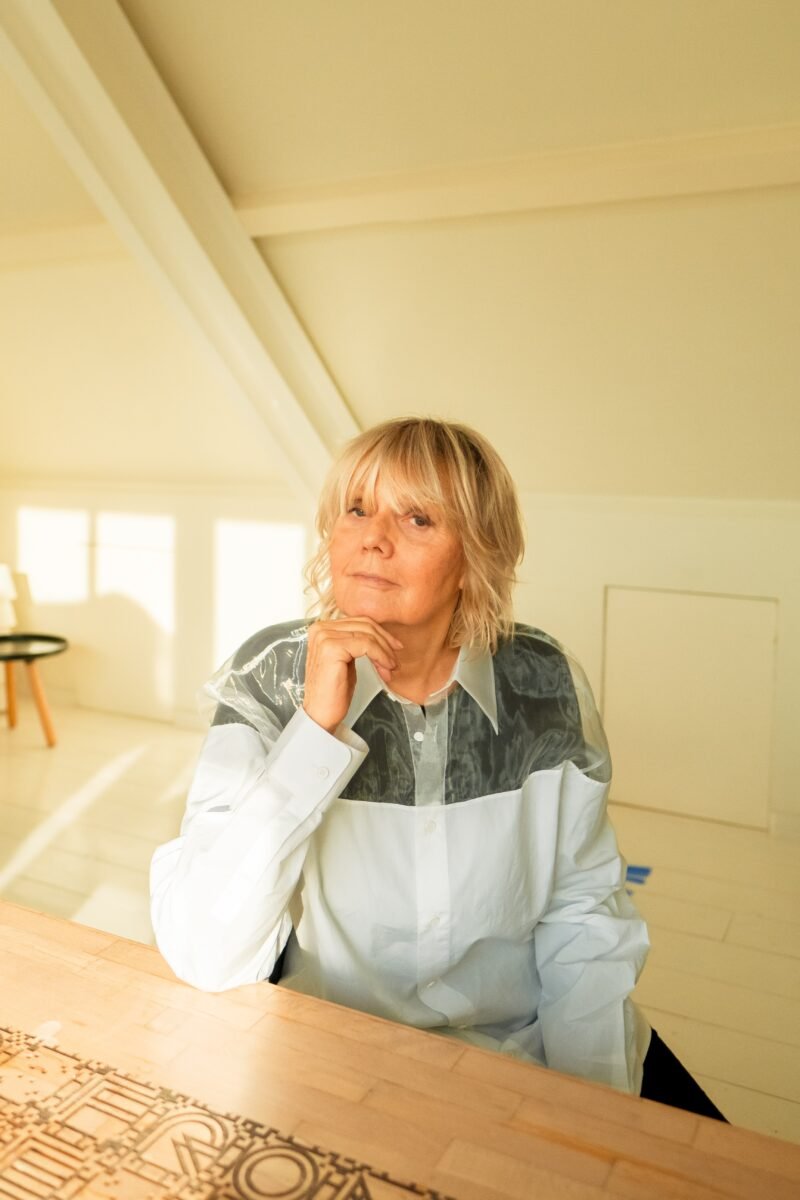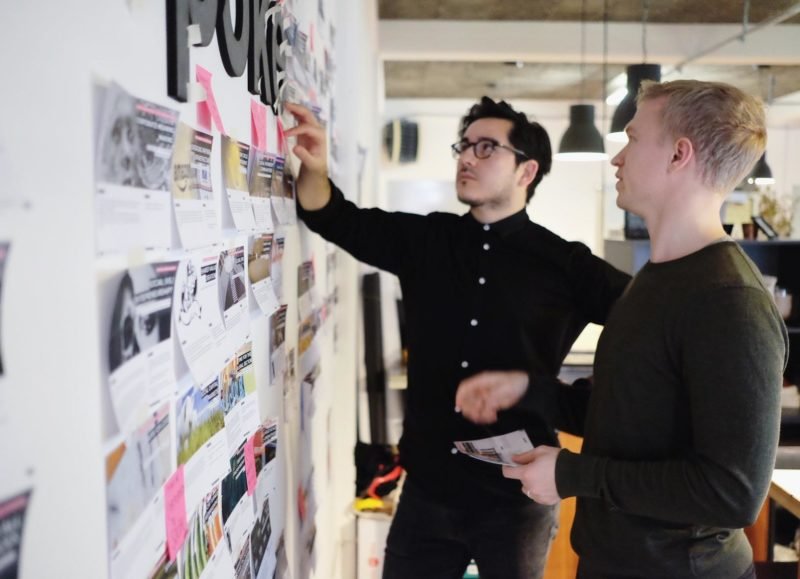Hypercrafting And The Future Of Printing Buildings
Last week designers and construction workers joined forces to build a hypercrafted pavilion of mud at the Waag Society Construction Site during Amsterdam’s PICNIC Festival 2011. The co-created pavilion of clay and wood is an experiment in combining new 3D printing techniques with traditional craftsmanship. The term ‘hypercrafting’ refers to both the new techniques and the old building traditions that are involved.

The idea is simple. The new 3D printing techniques enable one to design buildings and transfer the design to any part of the world where it can be printed. At this building site the framework of the building is printed with a woodcutter from a computer model. As soon as this hull is being printed the building can be finished with local available material such as clay or mud. Here the designers, Waag Society, DUS Architects and Arne Hendriks, worked together with some local traditional mud workers.
Hypercrafting can be regarded a 21st century craftsmanship. The combination of computer technology and modern machinery leads to the opportunity to build anything that comes up in our minds. Now we actually need to learn working with modern craftsmanship, according to Waag society’s Bas van Abel. This experiment is an effort to use new insights to create social and sustainable design. Social because design can be transferred and used in every part of the world, also the less fortunate countries, and sustainable because locally available products are the backbone of the design.
This year Amsterdam’s new festival PICNIC had building the future city as its central theme. Although the festival has its roots in the digital society, a strong connection was made with the physical urban environment. That’s what made this year’s edition particularly interesting. A complete container city was constructed to facilitate a program with debates, workshops and talks about the future of the smart city, the Internet of Things and 3D-printed architecture. During the three days of PICNIC, the hypercrafted pavilion grew every day. Festival attendees that liked to get their hands dirty could contribute whenever they liked.



